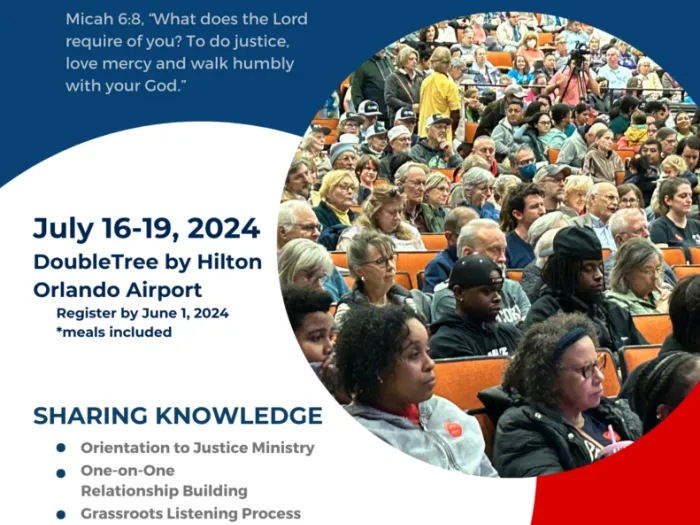The Nature that Nurtures guide, written by Mary Westervelt with layout and graphics by Lauren Diamond, tells the story of how one church, Trinity Presbyterian Church in Berwyn, PA, a certified Earth Care Congregation, began the process of changing their grounds to be better stewards of God's earth. Below, the author reflects on the beginnings of this project. Photos by Mary Westervelt.

In 2013, I read Doug Tallamy's book, Bringing Nature Home. I learned that the sterile landscaping I found so distasteful was actually something to resist for a more important reason: It provides no support for life. The non-native trees and shrubs can't support native insect species that pollinate plants or serve as nutritious bird food. The landscaping practice of removing twigs and leaves starves the plants while allowing soil to bake and erode. Then adding chemical fertilizers, weed killers, and insecticides kills the life in the soil that would have worked with roots to provide nutrition for the plants. Surrounding it all with lawn maintained with tractor mowers, leaf blowers, and chemicals puts the final touch on a lifeless landscape. All of this increases stormwater runoff, which spreads the degradation from land to waterways. And as more and more land is subjected to this sort of landscaping, serious harm is done to wildlife populations and to the watersheds we all depend on.
Suddenly I had a focus for the Environmental Studies degree program I had undertaken: Learn what I could about healthy habitats, learn how to create and nurture healthy habitats in the home garden, and find a way to bring the native-landscaping message to my neighbors in the suburbs.

In 2015, I presented the idea to our pastor and the head of Building and Grounds. They were enthusiastic. Nature that Nurtures was written to journal the process and lessons learned at Trinity as we have moved from landscaping that does harm to the environment, to landscaping that maximizes health in our local environment. While doing so, we've been able to create gardens that appeal to people as well – thereby working to change the meaning of the term 'curbside appeal!'
I hope our journey inspires other congregations and homeowners to do the same.
You may freely reuse and distribute this article in its entirety for non-commercial purposes in any medium. Please include author attribution, photography credits, and a link to the original article. This work is licensed under a Creative Commons Attribution-NonCommercial-NoDeratives 4.0 International License.




